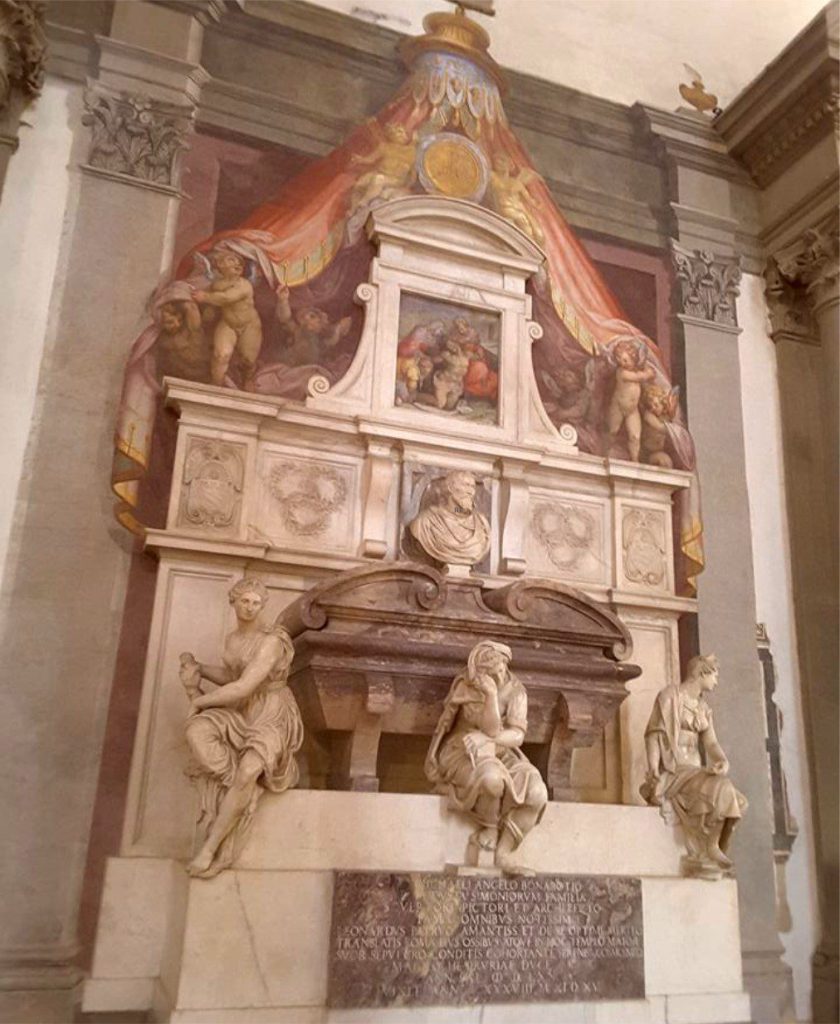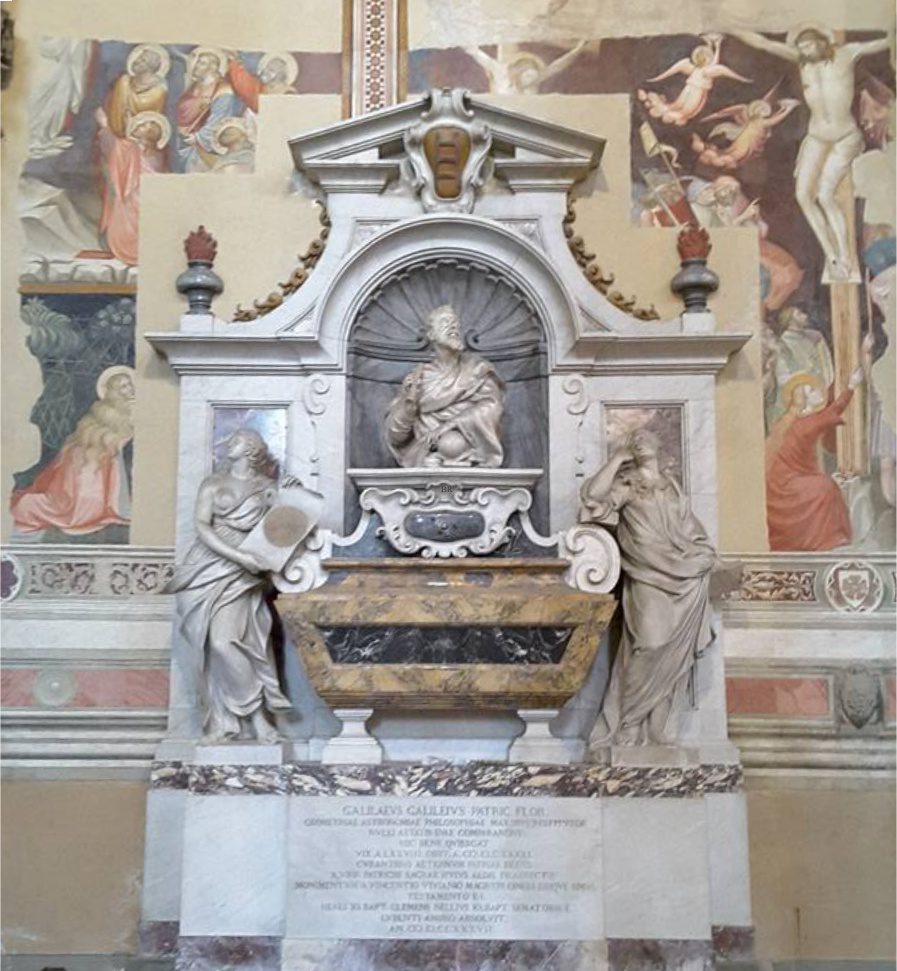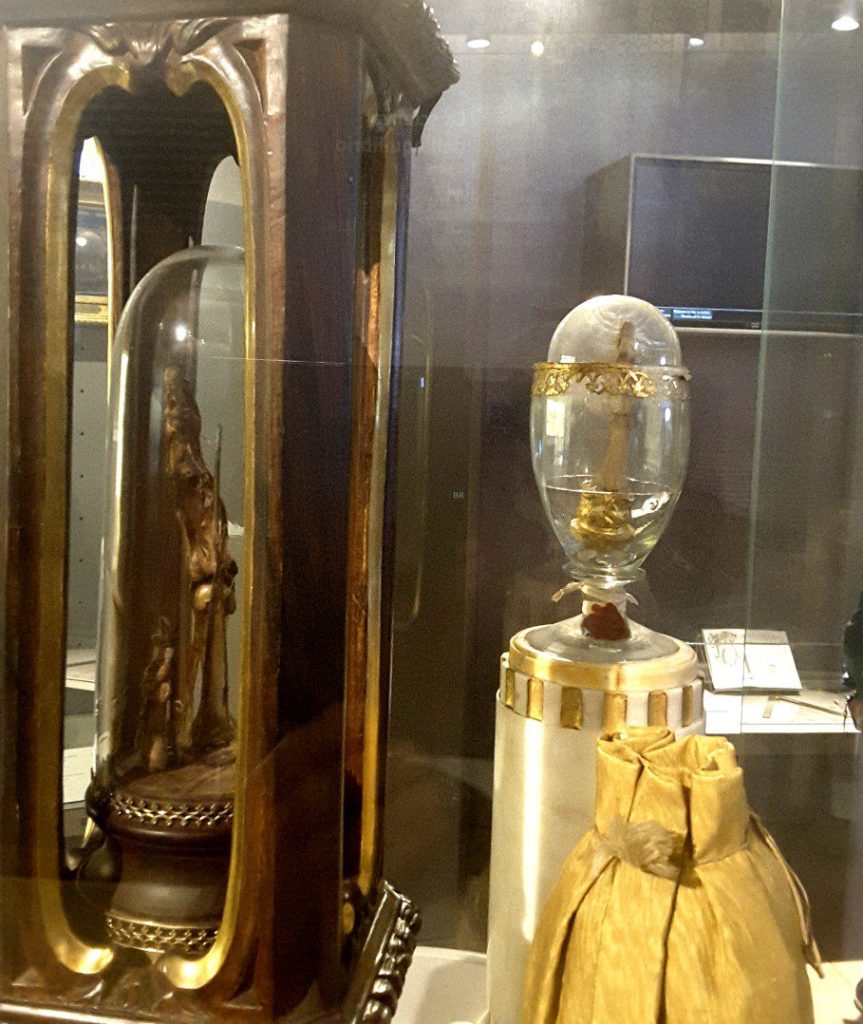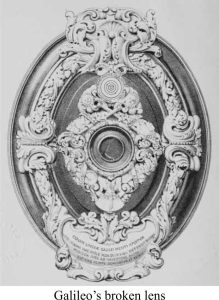“Their final resting place…” a sepulchral phrase, redolent of a fate that awaits us all. There is no doubt as to its finality, but resting…? A nice metaphor that may convey a sense of comfort to the living, rather than the deceased. Wander through any church or cathedral in Europe and Britain, and you will inevitably walk over cold marble slabs, engraved with the details of those who lie beneath, polished by the feet of a myriad worshipers and tourists. The Basilica di Santa Croce in Florence is, in many respects, like any other magnificent church; it is old, construction beginning in 1295, with alterations and additions during the 14th -15th century overlapping the earlier Gothic forms. The Basilica is stunning, but differs from many of its contemporaries in that it became THE place in Italy to be buried. Among the interred rich and famous lies Niccolò Machiavelli (who’s Prince could match any number of modern politicians), and Gioachino Rossini (ethereal echoes from the vaulted wood ceiling). There’s even a cenotaph to Dante although he’s buried in another Basilica. And who could blame them; they get to gaze upon other Gothic and Renaissance treasures, like Giotto’s frescos adorning the Bardi Chapel. But the two interees who caught my attention and stirred my imagination were Michelangelo and Galileo.
The two luminaries are entombed in opposite aisles at the west end of the church (the Alter is at the east end of the nave, facing Jerusalem). However, their interment was more by dint of luck than design. Michelangelo was born (1475) in Caprese, Tuscany, close enough to Florence for Florentines to call him one of their own. He died in Rome (1564), renowned (there is a very nice 1910 copy of David near the Duomo Cathedral in Florence), and probably much in favour with the Vatican. It seems that folk in Florence were a bit miffed that he might be buried in Rome, so they stole his body, returning it to his rightful home. He was one of the first notables to be buried in Basilica Santa Croce, and it was largely because of this that others wished to follow suit.

Michelangelo’s tomb is magnificent. It was designed by di Giorgio Vasari, involved at least 3 other artists, and took several years to complete. The funerary monument, about 8m high, is crowned by a small fresco, framed by buxom cherubs. A central bust of Michelangelo, that reminds us of who he was, something of what he looked like, rests above the sarcophagus. Three carved figures, each looking a bit disconsolate, sit beside him and represent the loss to the world of painting (left), sculpture, and architecture.
Galileo Galilei’s luck was a bit different, being not much better in death than it was in life. Quite early in his career as a mathematician-scientist, he began to realize that the view of the world espoused by Aristotle and Ptolemy, and rather forcefully adhered to by the church, was simply wrong. He became renowned as a debater, frequently demonstrating his arguments with physical experiments. Some of his earliest challenges dealt a mortal blow to the entrenched Aristotelian view of motion; larger objects don’t fall faster than smaller ones, that ice floats because it is less dense than water. He also built the first telescope using glass lenses designed by Flemish artisans. This instrument brought the craters of the moon, the moons of Jupiter, the phases of Venus, and dark spots on the sun, into the living rooms of his supporters and naysayers. Even the Princes of Rome were impressed. But here were even more challenges to the status quo; the heavenly bodies were, according to the Church, incorruptible, perfect, God-given. And yet for all to see was a moon pock marked by craters, the sun with spotty blemishes, and moons revolving around Jupiter’s axis. Galileo got away with these ideas for a while, and was even celebrated for them, but the real kicker arose when he equated the new mechanics and his astronomical discoveries with the orbits of the earth, sun, and wandering stars (planets). Like Copernicus before him, he had the temerity to posit that the earth and planets all revolved around the sun, that earth was not the centre of the universe. But unlike Copernicus, Galileo had proofs. This was shocking news to church authorities. It implied that man, the pinnacle of God’s creation, was a rather tiny speck in the grand scheme of the known universe. The church saw this as a direct conflict between holy scripture and science. Galileo saw no conflict at all, and was encouraged by Cardinal Barberini – later to become Pope Urban VIII, to continue his work. He published in 1632 his opus concerning the two opposing world views ” Dialogues on the Two Chief World Systems”. However, for the Inquisition, needs must and Galileo in 1633, under the rather serious charge of being “vehemently suspect of heresy” was forced to recant:
“I have been judged …, of having held and believed that the sun in the centre of the universe and immovable, and that the earth is not at the center of same, and that it does move…… I abjure with a sincere heart and unfeigned faith, I curse and detest the said errors and heresies, and generally all and every error, heresy, and sect contrary to the Holy Catholic Church”

Galileo died on January 8, 1642. Although he had been forgiven his heretical behaviour, the church deemed him unworthy of burial on consecrated ground, but later relented so he was ignominiously interred in a dark corner of Santa Croce. The monument that now marks his burial wasn’t completed until 1737 (built with funds donated by a past student). The bust shows Galileo gazing skyward, telescope in one hand, the other resting on a globe. Two figures beside the sarcophagus also gaze upwards; the astronomer on the left searching, and on the right lazily imagining some geometric exercise.

Galileo was disinterred from his dusty corner and reburied – with one final indignity. During disinterment, an admirer removed two or three fingers and a tooth. These desiccated relics probably did the rounds of the Italian social circuit, but in 2009 were acquired at auction (“What am I bid for these two fingers…?”). They now reside in a splendid glass urn at the Galileo Museum in Florence, within walking distance to the rest of his remains (image opposite). The middle finger points upwards, perhaps gesturing to all those who caused him pain and humiliation.
Image credit (Galileo’s lens); The Project Gutenberg EBook of The Sidereal Messenger of Galileo Galilei, by Galileo Galilei and Johannes Kepler



















3 thoughts on “Galileo’s finger”
Pingback: masters education
Pingback: higher education degree
Pingback: business